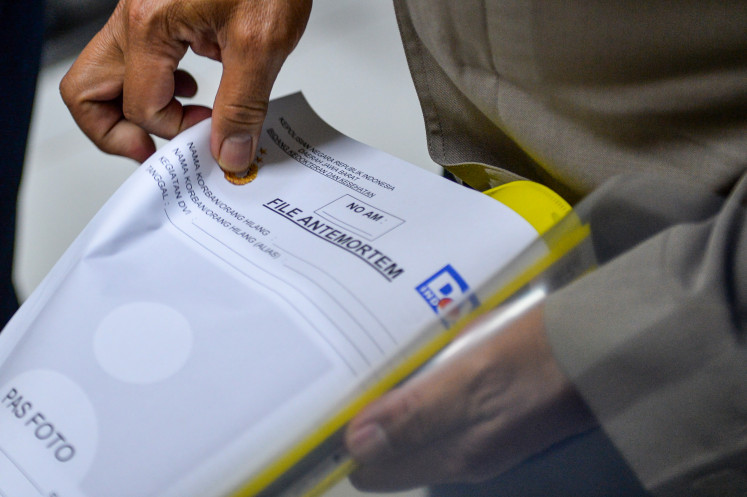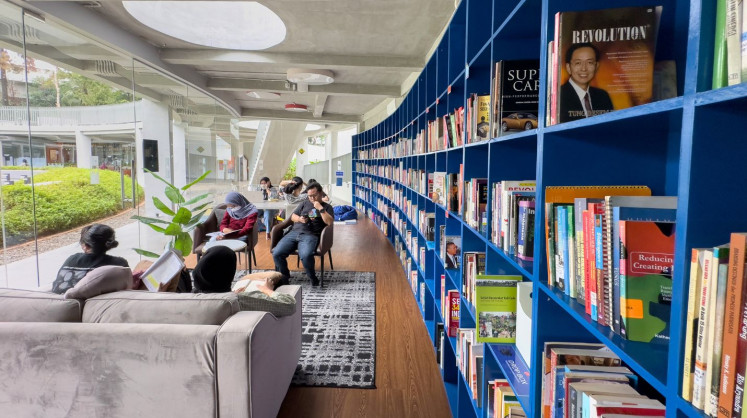Sarekat Islam building gets restoration
The Central Java Cultural Heritage Preservation Center (BPCB) has begun restoration this week on an old Sarekat Islam building in Semarang, Central Java, that was the site of several important meetings among the countryâs founding fathers
Change text size
Gift Premium Articles
to Anyone

T
he Central Java Cultural Heritage Preservation Center (BPCB) has begun restoration this week on an old Sarekat Islam building in Semarang, Central Java, that was the site of several important meetings among the country's founding fathers.
'The building is 50 percent damaged, but we [will] try to restore it to its original appearance,' said chairman of the restoration team, Wahyu Widayat of the Central Java BPCB.
Restoration work on the building, which is located in Gendong village, Sarirejo subdistrict, will most likely reflect what the building looked like when leading Indonesian figures ' including former first president Sukarno, Tan Malaka, Ali Sastro Amidjaja, Dr Soetomo, HOS Tjokro Aminoto, Haji Agus Salim, Muso, Alimin, dr Tjipto Mangunkusumo, Ki Hadjar Dewantara, Douwes Dekker and Mr Moch Ichsan ' used the building to discuss the future Indonesian nation.
Wahyu said that the restoration would cost Rp 657 million (US$53,622) and that funds would come from allocations in the provincial budget.
He said his team would need some 90 days to finish the job.
'But we will try to complete it as quickly as possible, before the rainy season comes,' he said.
His office, Wahyu added, had researched historical books and old photographs to get a clearer idea of the building's original appearance. 'There used to be stairs heading to the building [...] now the ground floor is at the same level as the village road,' he said.
For the last few years, the building has been under the management of Baitul Muslimin Indonesia Foundation (Yabami), which once proposed building a two-story building on the site. However, no response from the city administration was given regarding the proposal.
In 2012, the Semarang Historical Activist Community discovered that the building was steeped in historical significance, thus making it deserving of preservation.
Yunantyo Adi of the community said the building was where past national figures educated nationalist members who would then go on to fight for Indonesian independence.
'If the building is demolished and replaced by a new one, then Semarang will lose a historic building that was built by its own people,' Yunantyo said.
A meeting in September 2013 between the Balai Muslimin Foundation, the BPCB, a campaign community and Semarang Mayor Hendrar Prihadi finally led to the agreement to save the building from imminent collapse.
The building was built in 1919 on a plot belonging to a member of Sarekat Islam (Islam Union); fundraising, however, began a year earlier, with Chinese figures such as Lie Eng Hok and Kwiek Eng Kak contributing to construction costs.
The building's architect, Soetrisno, who was from Kudus, Central Java, worked for free.
The initiator of the development, Semaoen, who was also chairman of the association of railway employees, said during the official launching of the building that the facility was built from the people's money and would serve the people's purpose, to be used for general meetings, educational courses and others.









